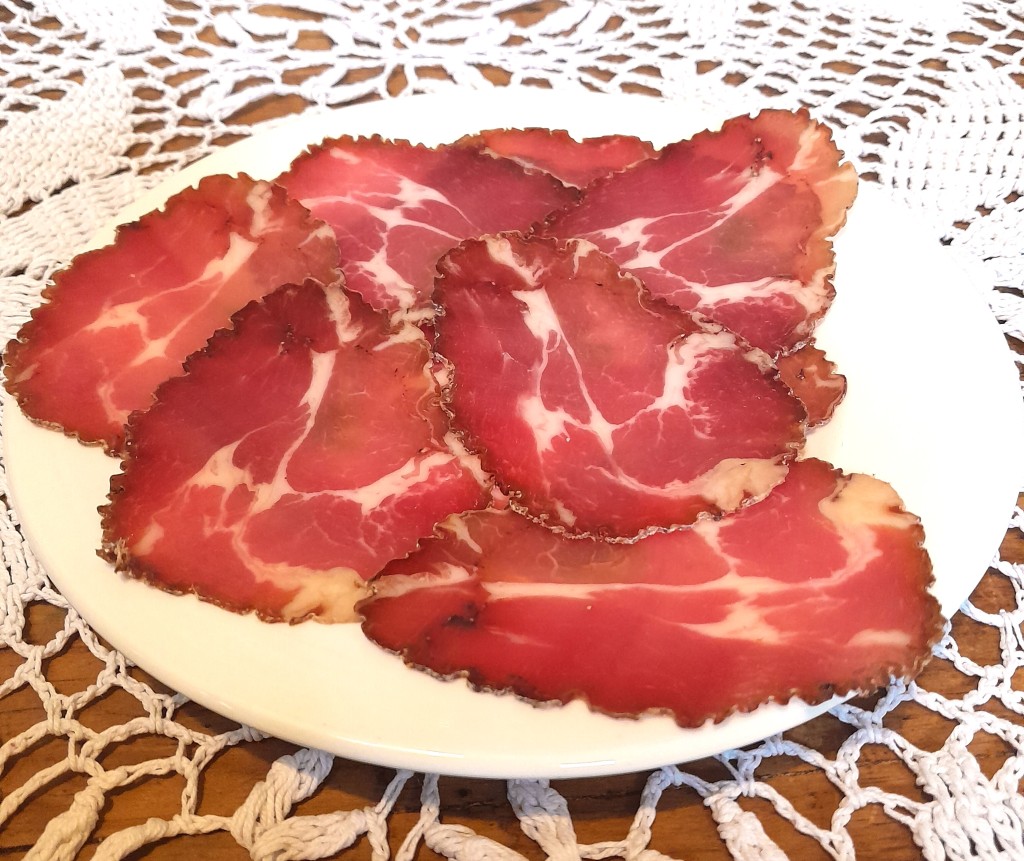
We got our hands on probably the best squid we have ever had. Fresh, large, tasting of the sea. We immediately started discussing our many options, determined to make the most of it. The recipe we settled on was a tender, flavourful dish of squid. I cleaned as much as we need and froze the rest. After making a tender and tasty squid with wine and spinach, Mrs BYF decided to put stuffed squid on the menu for lunch.
To serve six, or two with some very nice leftovers for the rest of the week
6 whole Squid cleaned, tentacles and fins cut off leaving the sac intact
4 tablespoons extra-virgin Olive Oil
4 Garlic cloves or more
2 tablespoons chopped Italian Parsley
140g fresh Tomatoes.
Salt to taste
chopped Chilli or chilli flakes to taste
1 Egg yolk
15g dry Bread crumbs. White bread unflavoured.
170g thinly sliced brown Onion
100ml dry white Wine
Toothpicks the large strong ones
Method
Chop up the fins and tentacles
To make the stuffing, cook the garlic in the 1 1/2 tablespoons of oil until slightly coloured. Add the parsley and stir a few times before adding the tentacles and fins, cook for a few minutes stirring well. Add the tomatoes and let the stuffing simmer for about 30 minutes until the tomatoes are dense and have lost the waterlines. When done, transfer the stuffing to a bowl and let it cool completely. Add the egg and the breadcrumbs and mix well. Mrs BYF was using quail eggs and could not be bothered to seperate the whites from the yolks. The result was still very good.
While the tomato mix cooks, cook the chopped onion in 11/2 tablespoons of oil until golden. Meanwhile divide the stuffing in to 6 equal portions and stuff the squid sacs, secure the openings with the toothpick.
Add 1 tablespoon of olive oil to the onion and turn up the heat, cook the squid turning it until all the sides of the sacs are golden brown. Add the white wine, let it bubble away completely, put the lid on the pan and turn the heat to a very gentle simmer for 45 minutes. Add a bit of water only when there is a danger of the squid sticking to the pan. When tender, slice the sacs in to 1 or 2 cm thick slices. Return to the pan and dribble whatever juices there are over the slices. Serve immediately.
The entire process was worth while because the end result was delicious!


ENJOY and do not forget a glass of good home made red wine







